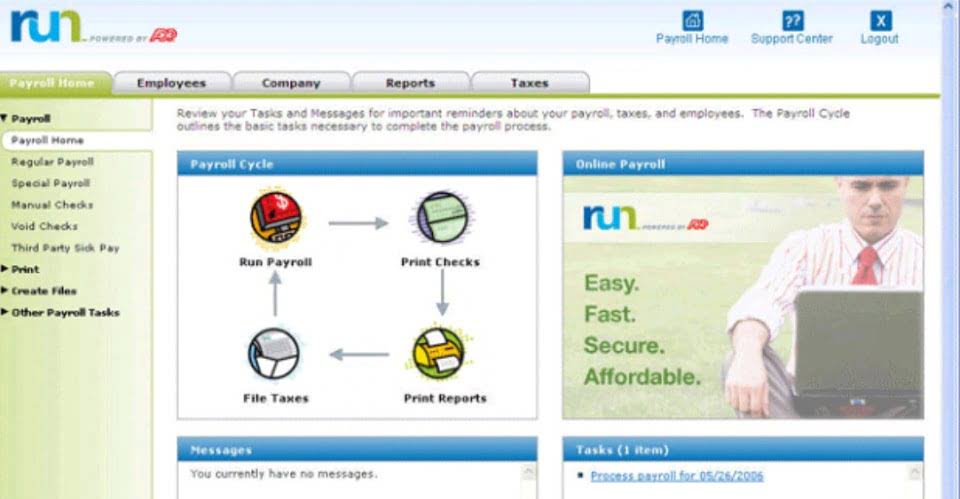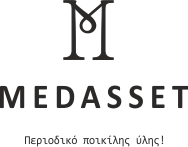
It may, however, be the parent’s currency if the foreign operation is an integral component of the parent’s operations, or it may be another currency. Although a 1% impact on net income from currency translation doesn’t appear to be material, it boosted net income by approximately $11 million for the quarter. McDonald’s has various types of hedges in place to help mitigate the risk of exchange rate losses and translation risk. As a result, the restaurant chain must contend with translation risk on a quarterly basis considering the size and scope of the restaurants, assets, and revenue generated overseas. Below is a portion of the quarterly report, which shows the impact of currency translation exposure on the company’s financial performance. A financial gain or loss is reported, depending on the extent of the exchange rate movements during the quarter.
- Although we endeavor to provide accurate and timely information, there can be no guarantee that such information is accurate as of the date it is received or that it will continue to be accurate in the future.
- The historical rates are from transaction dates or from the date the company last assessed the account’s fair market value.
- The company will just need to decide the most convenient currency under these circumstances.
- The assets and liabilities of the business are translated at the current exchange rate.
- For this example, we’ll say that when Company B closes the books on September 30th, 1 EUR is now worth 1.5 USD.
- Foreign currency accounting under ASC 830 has received minimal updates from the old FAS 52 days, but it continues to be an area that causes confusion.
As uncertainty continues across the globe related to monetary policy, political environments, and economic and national stability, companies will need to proactively manage their foreign currency translation risk exposures. Because derivatives and hedging is a vast topic, we’ll save further discussion of that topic for a future post! The guidance does not specify the exchange rate to be used to translate a foreign entity’s capital accounts.
Translating foreign currency transactions
The company will just need to decide the most convenient currency under these circumstances. Companies, which operate in different countries, tend to have to use different currencies as part of their bookkeeping. For example, a company which is headquartered in the US would mainly use the US dollar in its accounting. But it might also receive part of its revenue from sales in the United Kingdom. If there are intra-entity profits to be eliminated as part of the consolidation, apply the exchange rate in effect on the dates when the underlying transactions took place.

Personalize your content into any language with Smartling’s full-service translation solution. If you would like more information on these services or just want to say hi, reach out! We would love to take you through the options we believe would help you secure quality translation that serves your bottom line. Technical Translation, or the translation of scientific and technological https://www.bookstime.com/ data, is often the basis for future planning and, therefore, needs to be clearly conveyed. Medical/Healthcare Translation, the translating of professional medical materials, must be handled with precision. Literary Translation, or the translation of published literary works, focuses on translating a work of one culture and shaping it into a digestible art form in another language.
What are currencies?
Steps apply to a stand-alone entity, an entity with foreign operations (such as a parent with foreign subsidiaries), or a foreign operation (such as a foreign subsidiary or branch). Wise’s currency converter will show you how much your money is worth in other currencies at the real exchange rate. Banks and traditional providers often have extra costs, which they pass to you by marking up the exchange rate. Our smart tech means we’re more efficient – which means you get a great rate.
- For example, a company which is headquartered in the US would mainly use the US dollar in its accounting.
- Overcome complexity by seamlessly consolidating your financials across real estate investments and development projects.
- While the cash flow transactions can be translated by using the average rate for the period, many experts think the statement should use the historical rates for each transaction.
- Wise’s currency converter will show you how much your money is worth in other currencies at the real exchange rate.
- However, even companies that don’t have offices overseas but sell products internationally are exposed to translation risk.
- This can involve quite a substantial number of exchange rates for many days during the reporting period.
The process ensures that a company’s financial statements are accurately consolidated into their functional currency. When foreign currency is involved in financial reporting, foreign exchange rate fluctuations can create unrealized gains and losses that inaccurately reflect a company’s financial performance. In the statement of cash flows, state all foreign currency cash flows at their reporting currency equivalent using the exchange rates in effect when the cash flows occurred. A weighted average exchange rate may be used for this calculation; otherwise, tracking down exchange rates for every transaction would impose a substantial burden on the accounting department. Gains and losses resulting from currency conversions are recorded in financial statements.
SIC-19 — Reporting Currency – Measurement and Presentation of Financial Statements Under IAS 21 and IAS 29
Translation risk results from how much the assets’ value fluctuates based on exchange rate fluctuations between the two counties involved. It is possible to mitigate the risk of currency translation through three simple practices. By using the following three methods, fx translation you can reduce accounting risks and improve the accuracy of your financial statements. The indirect method used the historical average to calculate the cash flow. As mentioned above, you’ll use the average exchange rate for the period for translating the cash flow.
